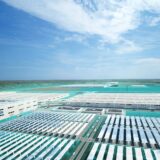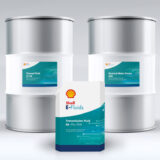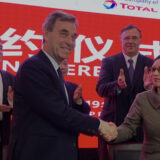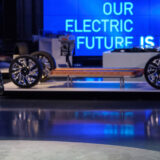
Toyota to invest USD5.2 billion in battery production for BEVs
Toyota Motor Corporation has decided to invest up to JPY730 billion (USD5.2 billion) in Japan and the United States toward supplying automotive batteries for battery electric vehicles (BEVs), for which demand is growing. The Japanese automaker aims to begin battery production between 2024 and 2026.
This investment is aimed at enabling Toyota to flexibly meet the needs of its various customers in all countries and regions by offering multiple powertrains and providing as many options as possible.
With this investment, Toyota intends to increase its combined battery production capacity in Japan and the United States by up to 40 gigawatt hours (GWh). By utilizing the Toyota Production System and building production lines that are more efficient than ever, Toyota also intends to further strengthen its competitiveness and invest in the training of personnel engaged in battery production and the passing down of monozukuri manufacturing skills.
In Japan, a total of approximately JPY400 billion (USD2.89 billion) will be newly invested in the Himeji Plant of Prime Planet Energy & Solutions Co., Ltd. (PPES) and in Toyota plants and property, while in the United States, approximately JPY325 billion (USD2.35 billion) will be newly invested in Toyota Battery Manufacturing, North Carolina (TBMNC) toward increasing automotive battery production.
TBMNC is 90% owned by Toyota Motor North America, Inc. and 10% owned by Toyota Tsusho Corporation.
Toyota intends to continue its efforts to build a supply system that can steadily meet the growing demand for BEVs in various regions, including the supply of automotive batteries from its partners.
Toyota believes that there is more than one option for achieving carbon neutrality. It also believes that the means of reducing CO2 emissions as much as possible and as quickly as possible while protecting the livelihood of its customers vary greatly depending on the country and region. With this in mind, Toyota will continue to make every effort to flexibly meet the needs of its various customers in all countries and regions by offering multiple powertrains and providing as many options as possible.
.jpg)











